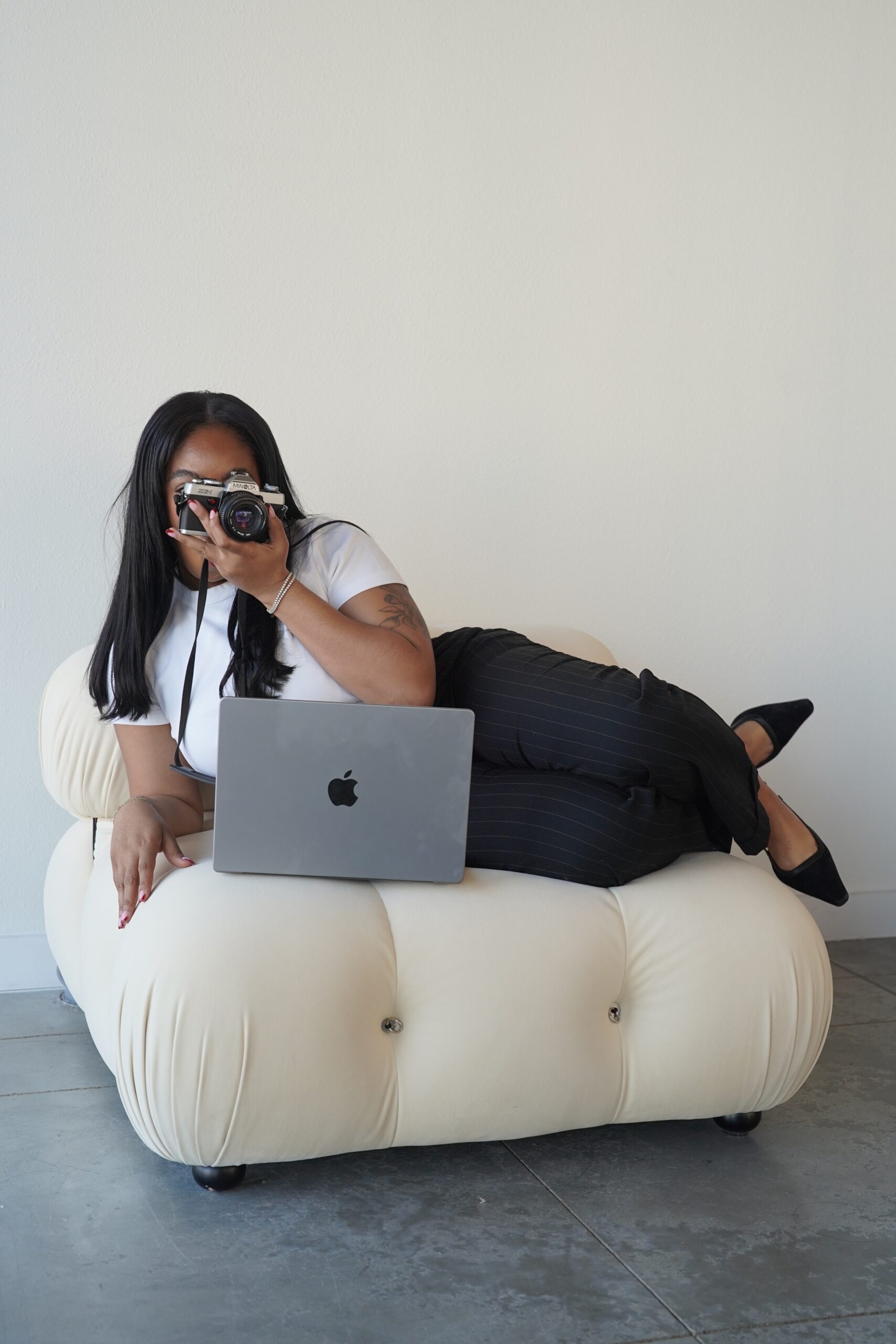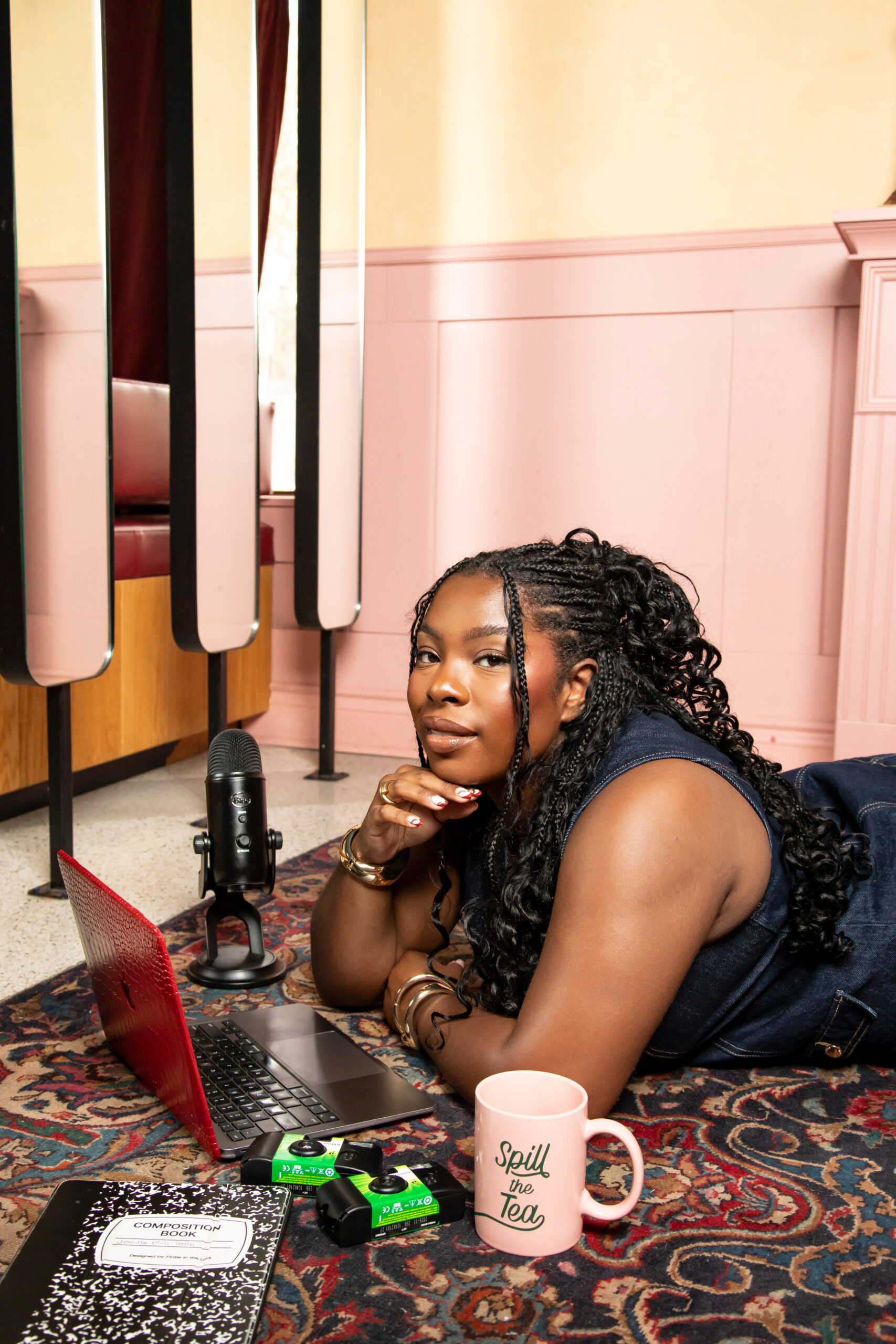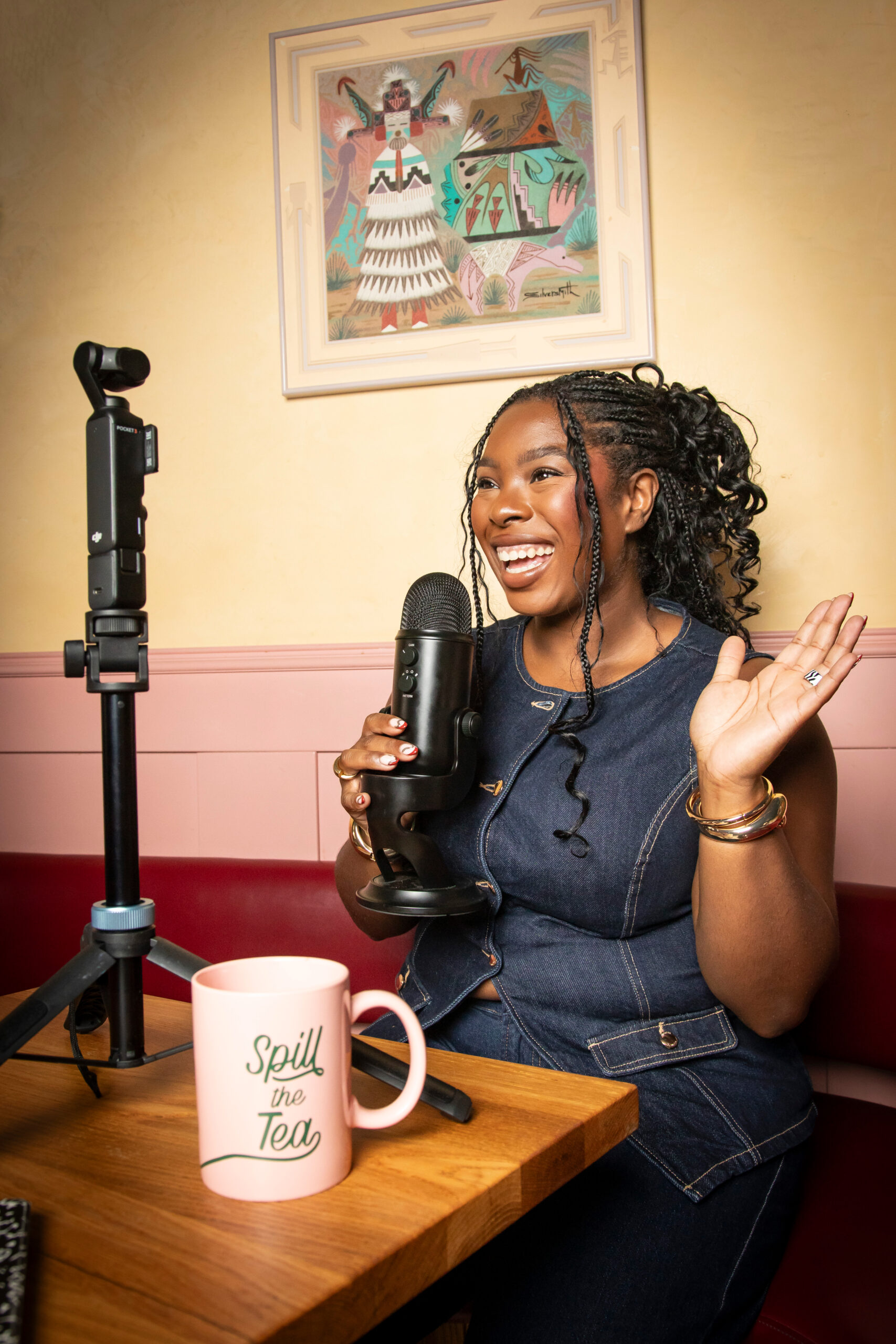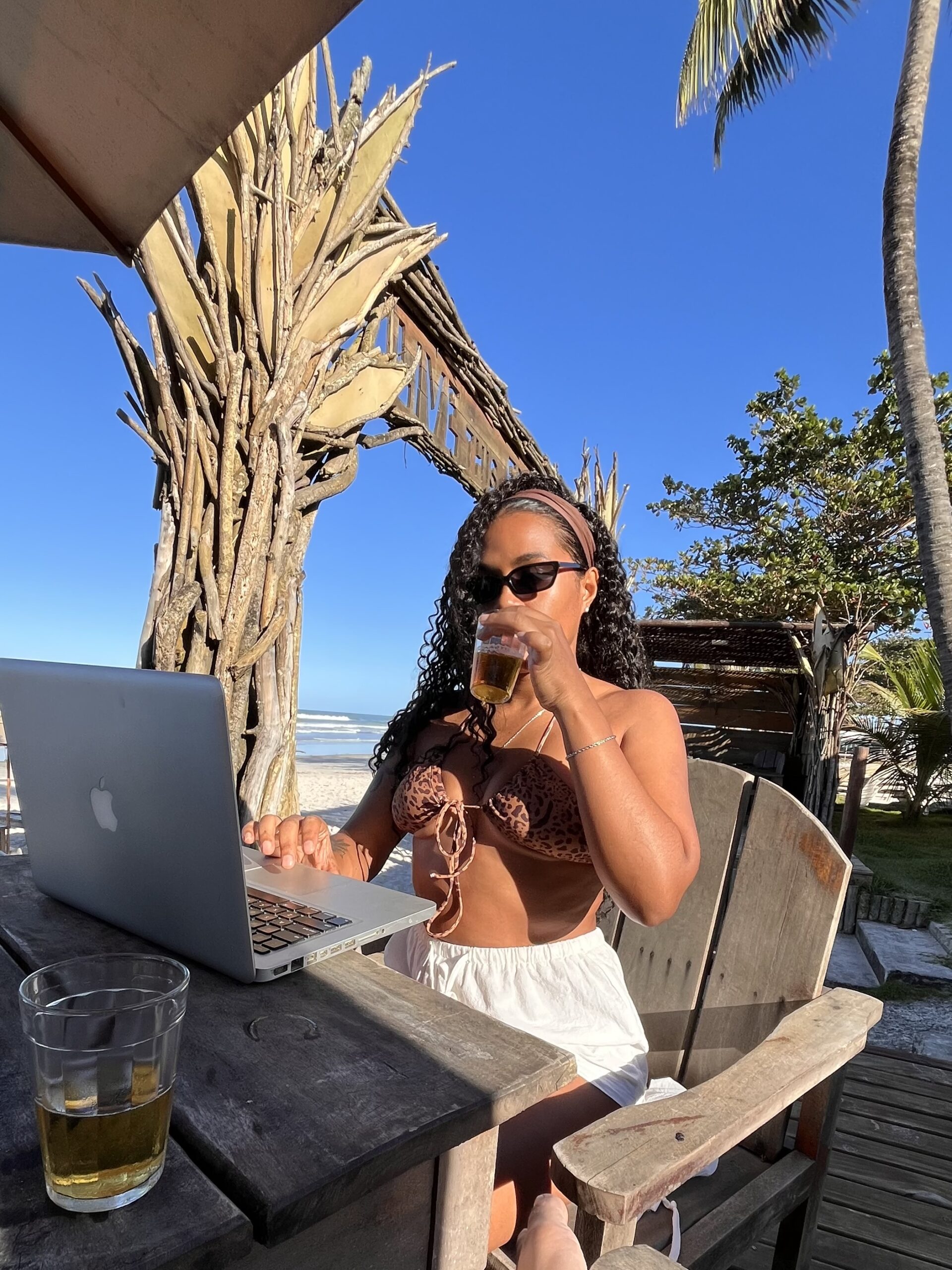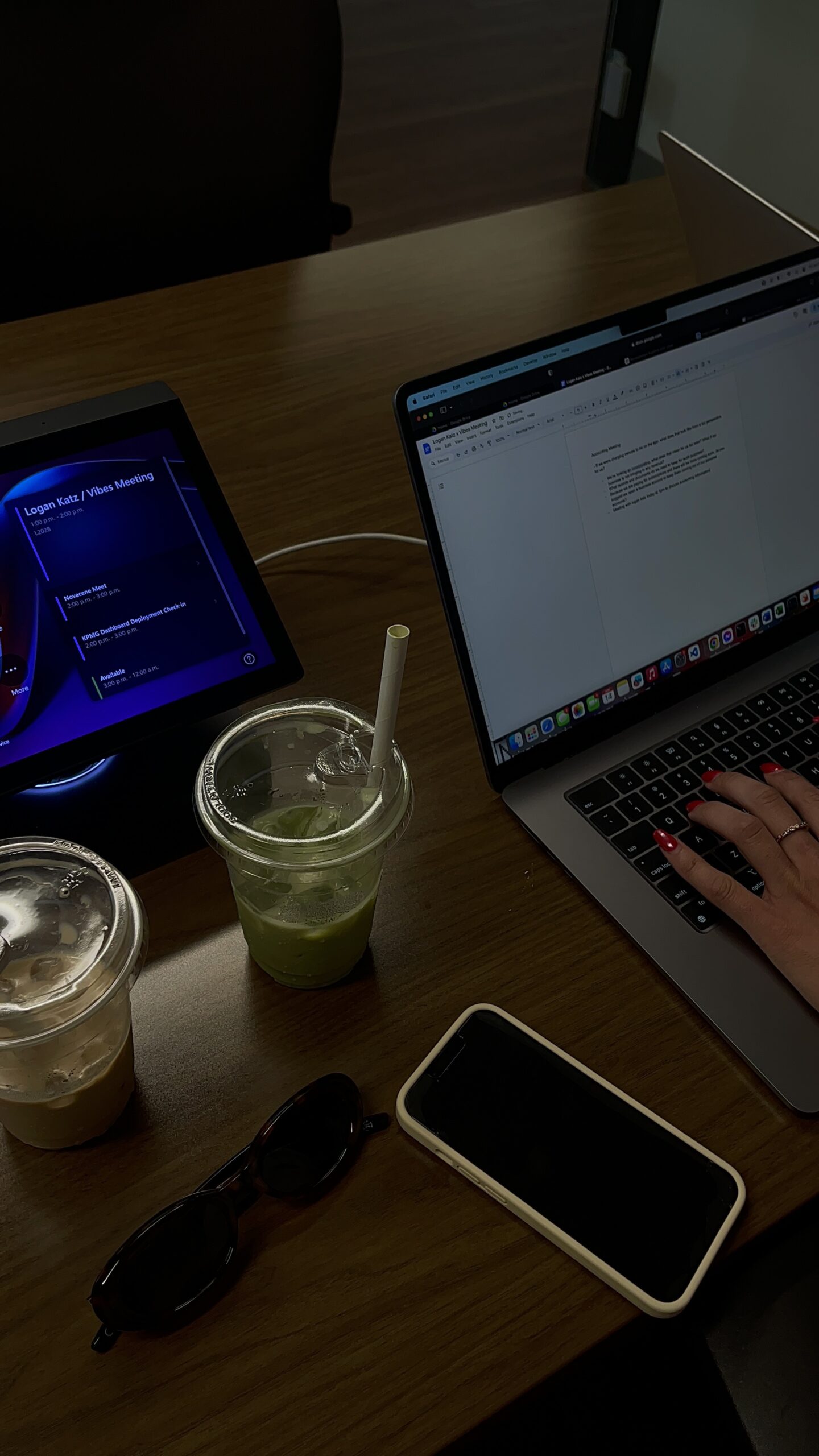HEY FRIEND!
I'm jemilla!
In the past 4 years, I’ve cut my teeth strategizing & writing award-worthy, revenue-increasing, results-snatching copy. And what really lights my fire is writing for woman-owned and BIPOC-led brands. I’m talkin’ the first day after a braiding appointment type of excited! Energizing them to go big with their bold ideas so that when launch time happens, the world thinks “OMG FINALLY, I’ve been waiting for something like this.” And giving them the tools to diversify the market.
about me
services
84 Copywriting Definitions Every Business Owner Should Know
January 14, 2025
The only thing that’s in more places than a construction site is copywriting (I live in a city, so if you knew our daily struggle, you’d understand my pain).
Copywriting can help you you clearly position your brand, your value, and your unique selling proposition to your target audience. Because people don’t just buy products anymore, they buy into brands.
So you need some stellar copywriting to help deliver your message, convince people why your product is the better choice, and turn people into brand fans.
Which, in the long run, can help you make money.
Where Do You Find Copywriting?
Copywriting is everywhere, online and offline — on your website, on the street, at the top of your favourite online store’s web page, on the walls of your local subway station, on the magazine stands of your corner store, in between TikToks, and up high to the side of the road while you’re stuck in rush-hour traffic.
On the flip side, content marketing delivers meaningful content through general articles, newsletters, guides and blogs that inform, help, or entertain your audience while sparking conversations. Both are important elements to your marketing strategy!
A cool image or an eye-catching video might catch an audience’s attention, but it’s the copy that tells the story, creates a call to action, and sparks a lasting connection.
You need copywriting when you’re talking to people who have never heard of you, when they know about you but haven’t bought from you, when they have bought from you a few times, and when they’re loyal customers.
In this post, I’m diving into 84 copywriting definitions for terms you’ll likely come across in the industry or while continuing your copywriting education.
Download my free Copywriting Fundamentals guide>>>

84 Copywriting Definitions
A
A/B Test: Testing one version of a page against another by running traffic to them in a 50/50 split. The one that performs best wins!
Above the Fold: The top section of a web page that visitors see immediately after clicking the link (without the need to scroll down)
AIDA: (Awareness, Interest, Desire, Action) — a model that describes the steps people go through before making a purchase
B
B2B: Businesses that sell to other businesses
B2C: Businesses that sell to consumers
Back-End: What a customer experiences after making a purchase
BFD: (Beliefs, Feelings, Desires) — this model helps us understand what drives a person in your target audience, so you can write the best copy to target them
Below the Fold: Anything that comes underneath the initial top section of a webpage
Benefit: The positive effect or advantage a person will get from using a product or service
Brand Archetype: The general theme and symbols that form the foundation of a brand’s personality
Brand Awareness: Getting people to see or notice a brand
Brand Fans: The people in a target audience who are ride-or-die promoters of the brand
Brand Loyalty: The people in a target audience who are here for a good time and a long time
Brand Messaging: The streamlined communication about a business and its unique value proposition to a target audience
Brand Personality: The human characteristics that reflect a brand and make people feel something
Brand Voice: How you verbally represent your brand’s personality and imagery, which should always be constant
Brand Tone of Voice: The emotions and mood you verbally communicate, which can change depending on what you’re talking about and where
Body Copy: The copy after a headline where you begin to focus on proving the Idea that you’ve set up
Bounce Rate: The percentage of site visitors who leave without taking a single action
Buyer Behaviour: What influences a person to buy, their perception of a product or service, and what they do before making a purchase
Brand Positioning: The features, techniques, expertise, approach, or experience that would make someone choose you over a competitor
C
Campaign: Any marketing effort that has a specific goal in mind
Call to Action (CTA): A button that tells readers what to do
Call to Value (CTV): A button that communicates the benefits of an offer, and why they should take action
Claim: A statement that promises any kind of result or presents something as fact — this should be backed up by proof
Cold Leads: People who aren’t interested in or who haven’t heard of a business
Click Through Rate (CTR): The % of prospects who viewed an ad, page, or email, who also clicked a button to take the next step
Content Writing: Copy that isn’t trying to influence immediate action but just build a brand or prove the business’ authority
Conversion: Getting people to take an action like buying a product or downloading a lead magnet
Conversion Rate: The % of page visitors who take a specific action
Copywriting: writing the words (copy) for advertising, marketing, or publicity material
Customer Archetype: The qualities and motivations of a target audience
Credibility: Anything that establishes the company as a trustworthy authority in the market, or the product/service as legit.
Crosshead: Any headline on a webpage that isn’t in the hero section
D
Demographic: A part of the population grouped by shared characteristics like age, gender, income, education, etc.
Desire: Anything people want that they think will improve their life in some way
Differentiation: What makes your product or service unique compared to others in the market
Downsell: A lower-priced offer that’s presented to the customer after they’ve purchased/passed on the initial offer
Dreams: The goals people want to achieve to take them from the life they’re currently living
Evergreen: An always-on marketing campaign, or always-selling product/service, that people can engage with at any time
Eyebrow Copy: Copy that goes above the headline in smaller type, usually used as some kind of ‘pre’ or ‘introductory’ headline
F
Feature: Any specific attribute of a product or service, like the ingredients or the deliverables
Funnel: Any kind of structured marketing campaign that can be measured at each stage and aims to move people towards, through, and beyond the point of sale
G, H, I, K
Graphics: Design-based assets that accompany copy on pages like photos, videos, logos, and branded designs
Hero Section: The top section of any page that can be seen without scrolling (above the fold)
H1 Headline: The main headline in the hero section
Hook: A piece of copy that grabs the reader’s attention and promises the reveal of an interesting piece of information if they continue reading
Ideal Client Profile: the demographic and psychographic information, problems and desires, and buyer behaviour of your dream client
Keywords: Words and phrases people use on search engines
L
Landing Page: Any web page that people are sent to after clicking a button
Lead: A person who has expressed interest in working with you or buying from you
Lead Generation: Collecting a person’s contact information that are more likely to convert on your offers
Lead Magnet: Information or content that someone can get in exchange for their contact information like their email address
Longform Copy: Copy that’s longer than a certain number of words (i.e. email newsletter, blog post, web page, etc.)
M, N
Market: A group of people who are specifically targeted by campaigns because they all share a problem or label in some way
Mining: Digging through insight-rich places for information like social media comments and reviews
Niche: A micro-segment of the market
O
Offer: The features and benefits of a product or service
Objection: Any drawbacks a person might have to believing in or buying something
Open Rate: The % of emails opened
Opt-In: A place for people to submit their contact information to get updates or a lead magnet
P
PPC (Pay Per Click): When businesses pay a fee every time their ad is clicked by someone
Pain Point/Problem: Something a person is going through that they want to change
Promise: A statement that tells people exactly what they’re getting
Psychographic: the psychological and cognitive attributes of a consumer that reveal their beliefs, values, and goals
Product: A physical or digital thing made to sell
R
Research: Identifying, organizing, and making sense of relevant information and data from a product, market, and competitors to plan and write copy
Risk Reversal: Trying to match any objections or perceived risk to buying a product or service with social proof and assuring copy
Return on Investment (ROI): The profit or value you get from buying something
S
Sales Page: A single web page dedicated to presenting a sales argument to a reader, and getting them to buy
Subhead: The text directly under the main headline that’s still cut out from the main copy beneath. They can also be used interchangeably with the term ‘crosshead’
Segment: A group on an email list that shares a certain characteristic
Service: Doing work for someone
Search Engine Optimization (SEO): Getting a website to rank higher on a search engine results page (SERP) so that it gets more traffic
Success Statistics: Numerical evidence that proves a point like average salary increases, number of clients, etc.
Swipe File: A collection of things that can be useful like a swipe file of headline templates, content ideas, subject lines, etc.
T
Target Audience: A segment of the market that shares the same problem or characteristics, want the same thing, and are an ideal buyer for what a business is selling
The Close: The final part of copy that encourages the reader to take action
Testimonial: Positive statements about a product or business from existing customers proving their value or authority
U
Unique Selling Proposition (USP): What makes the product or service better or different
Upsell: An additional (sometimes more expensive) product or service you offer after someone makes a purchase
V, W
Value Proposition: A simple summary of the benefit of using a product or service
Video Sales Letter (VSL): A video that’s all about selling
Voice of Customer Data (VOC): Words, phrases, and raw quotes the target audience uses
Wireframe: A mock-up of how copy and design elements will look on a page. Although wireframes are typically the first stage of the design process, some copywriters create them to help designers/clients envision how the copy will look once uploaded
Now what?
➡️ Continue your copywriting education with books, free resources, online and traditional education
➡️ Start doing spec copywriting to build a portfolio that’ll attract clients (more on that here)
➡️ Craft your copywriting brand — because yes, you need one (more on that here)
➡️ Download my free Copywriting Fundamentals guide which dives into:
- Self-Editing Tips And Tricks
- Tools To Help You Edit Like A Pro
- Common Copywriting Mistakes & How To Avoid Them
- How To Establish Your Copywriting Brand
- What A Spec Project is and How To Create One
- How to Market Your Copywriting Services
- How To Get Copywriting Clients
- Creating Your Ideal Customer Avatar
- How To Do Voice Of Customer Research Without Being Creepy
- Using Social Listening To Understand Your Audience’s Lingo
- The 5 Stages of Awareness
- What Makes Good Copy
- Making Copy Compelling And Conversational, and more!

